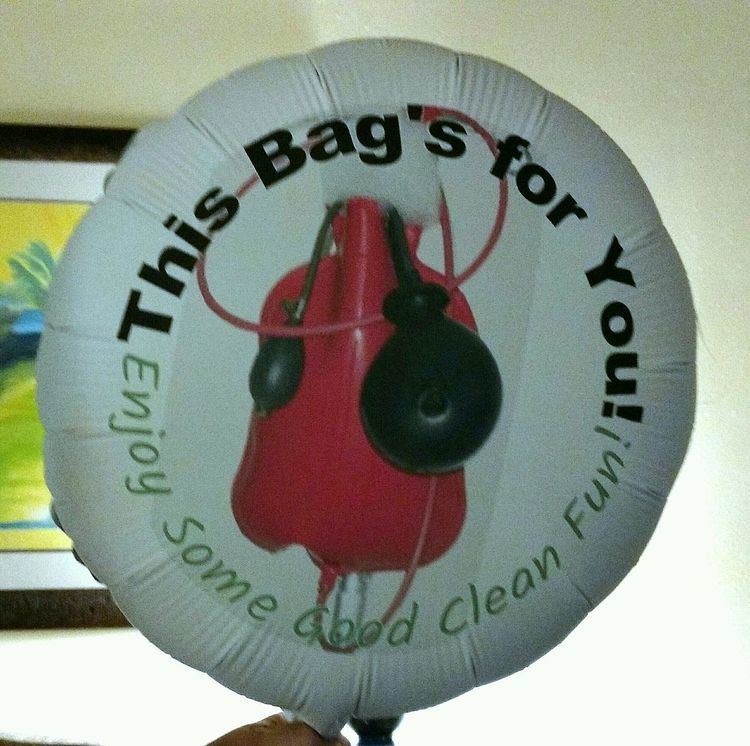 | ||
Klismaphilia (or klysmaphilia), from the Greek words κλύσμα ("enema", from κατακλυσμός, "deluge, flood") and φιλία ("(fraternal) love"), is a paraphilia involving enjoyment of, and sexual arousal from, enemas.
Contents
History
The term klismaphilia was coined in 1973 by Dr. Joanne Denko, an early investigator in this field, to describe the activities of some of her patients. A person with klismaphilia is a klismaphile or klismaphiliac.
Manifestation
Klismaphiles can gain satisfaction of enemas through fantasies, by actually receiving or giving one, or through the process of eliminating steps to being administered one (e.g., under the pretense of being constipated). Klismaphilia is practiced by men and women, although men are more likely to be klismaphiles, as with most paraphilias. Klismaphiles might gain pleasure from a large, water distended belly or the feeling of internal pressure. Often, klismaphiles report discovering these desires after a chance administration of an enema sometime in their childhood, but some do report discovering these feelings later on. Klismaphilia is practiced both heterosexually and homosexually. The paraphilia may be used as a substitute or as an auxiliary by its practitioners for genital sexual activity. Usually, klismaphiles carry out normal lives and successfully engage in this behavior secretly. If this is the case they will probably try to conceal the pleasure they receive from these administrations.
For administering enemas not intended for medical purposes there are specialty items, such as the aluminium nozzle shown to the right, that are commonly used in activities involving klismaphilia. Such items are available on the Internet and in sex shops in a great variety of sizes, styles, and materials.
Classification
The Diagnostic and Statistical Manual of Mental Disorders (DSM-IV-TR) classifies klismaphilia under the diagnosis of "Paraphilias, Not Otherwise Specified". The diagnostic code is 302.9. Proactive treatment for klismaphilics is not generally recommended, due to the lack of any significant desire to be "cured". Health treatment for klismaphilia thus is typically only focused on ensuring the techniques employed and chemicals used are not harmful to the practitioner. Caution should always be maintained on the part of the practitioners experimenting with new techniques and concoctions; in certain cases cramps produced by the chemicals used have led to hospitalizations, in other circumstances the effects can even be life-threatening.
